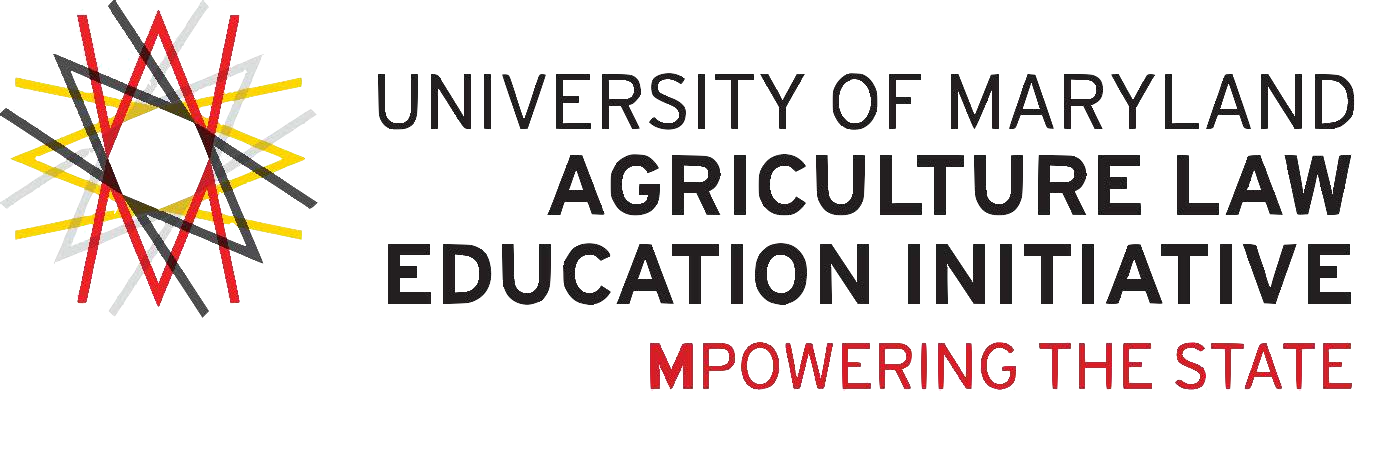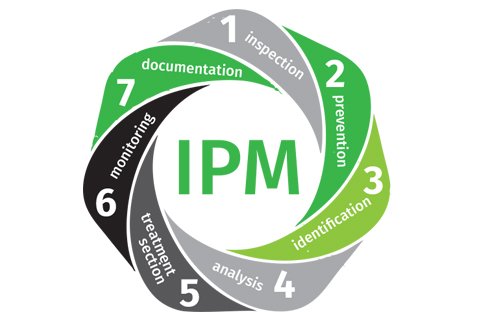Integrated Pest Management
Description
Integrated Pest Management is a conservation technique used to reduce wide-scale pesticide application. IPM involves using field scouting to evaluate the impact of insects, weeds, and diseases on crops. Farmers evaluate pest control options for their costs, results, and environmental impacts. The goal of IPM is to address pests in a financially responsible manner while preventing pesticide leaching, runoff, or drift.
Considerations
Are there specific pesticides or pesticide application methods the landowner does not want the tenant to use?
What alternative pest control methods, if any, should be considered or utilized before pesticides are used
Who will pay for the IPM techniques used?
Is there a desired time to have pesticides applied to minimize runoff/drift?
What will happen if the crop fails because IPM methods were not correctly implemented?
If a landowner prefers that a farmer use particular pest-control methods, those preferences should be included in the lease. If a landowner’s preferred methods increase the farmer’s costs or decrease yields, the landowner should consider adjusting the rent accordingly.
Sample Lease Provision: The Tenant agrees to implement Integrated Pest Management (IPM). Landowner and Tenant shall annually discuss, prior to the growing season, the IPM techniques the Tenant plans to use on the farm. If Tenant is unable to effectively control pests using IPM, Landowner shall not unreasonably deny Tenant the right to use pesticides.

